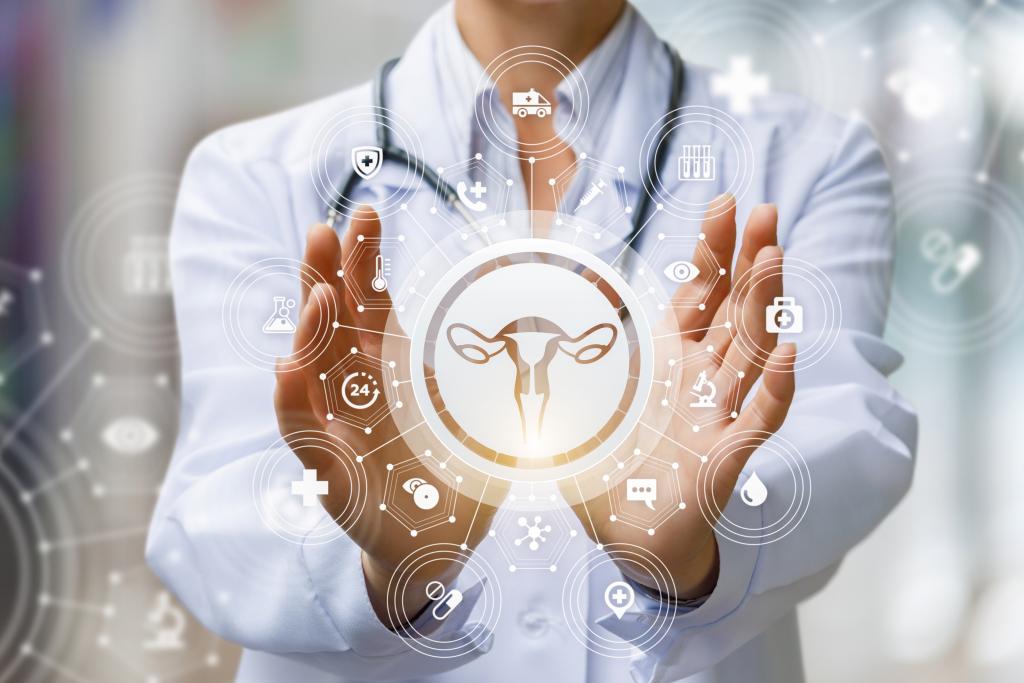Every aspect of reproduction is touched by technology. Whether it is timing the frequency of menstruation with the pill or paying for ovarian tissue transfer to delay menopause, though many technologies remain largely out of reach for most, the use of reproductive technologies is now just part of our commonplace expectations. With this increased medicalization, the once more private matters of the family have moved under medical jurisdiction and reproduction is increasingly subject to a range of professional and techno-scientific interventions that have not only separated reproduction from sex and intimacy but separated reproduction into discrete events that are “parcelled out” into distinct clinical specialisations with their own diagnostics, treatments and procedures.
Researchers working with women affected by infertility comment on how at least some wistfully remark on how they spent much of their youth relying on contraceptives only to find, when they were ready to have a child, that they were in fact highly unlikely to achieve a pregnancy without medical intervention. This is a reminder that many people – of any gender or sexuality – experience multiple reproductive technologies throughout their lifetimes, whether that be someone who conceives a child in their early adulthood subsequently opting for a long-acting reversible contraceptive method and then using IVF to conceive a child later in life; someone with HIV+ status who takes anti-retroviral medication and uses sperm washing to conceive a child; a mother who takes the progesterone-only pill to prevent a further pregnancy whilst also using a breast pump to assist her in feeding her newborn baby. These are just a few of the many possible scenarios in which reproductive technologies lace together.
With this in mind, we are baffled that reproductive technologies continue to be approached in such a fragmented way. Clinical specializations are reflected in reproductive health policy and programming and this same dissection is replicated in social research, where there is a tendency for sophisticated studies on single reproductive technologies or events. This is despite the fact that many individuals will rely on more than one of them at some point in their life, so their experience of one technology is likely to be shaped by their previous or concurrent experience with another, and this will have effects on their uptake, usage, ethical status and social meaning.
So, we wanted to explore what it would look like to study reproductive technologies integrated across the life course and across technologies. In a recent dialogue jointly organised with the Global Health Centre and the Reproductive Sociology Research Group (ReproSoc) at the University of Cambridge, social scientists provided an empirically informed exploration of reproductive technologies, bringing the scholarship on sexual and reproductive and maternal health in dialogue with assisted reproductive technologies (ARTs). It did so not only to open up conversations between these two flourishing areas of research, which are closely interrelated but tend not to communicate with each other as much as they might, but also to test the proposition that taking a longitudinal view over the life-course to reproductive technologies will provide fresh and unique insights into these important technologies. We wanted to see if our proposition made sense and resonated with others working on reproductive technologies in a range of disciplines.
Drawing on our individual learnings on specific reproductive technologies in a range of settings, we discussed the local dynamics surrounding these technologies, their use and their effects alongside the broader interrelated logics that drive their production, promotion and use. We also reflected on what the intended and unintended effects of dissecting reproductive technologies from each other are. We found that a more integrated approach made intuitive sense, and when we applied it to our own work it gave us a unique analytical purchase.
An integrated approach drew out the commonalities in personal experiences across technologies. For example, how women have to contend with many different demands on their time from career planning to menstrual regulation. Also, how expectations about the future and about technologies regularly change and fluctuate. Participants also used an integrated approach to draw out the differential access to and use of technologies and highlight how the reproduction of some people is more valued than the reproduction of others. The discussions also foregrounded that there are some reproductive experiences that don’t get much attention and are under-elaborated in our fields, such as the chronic condition of endometriosis, and these instances force us to reflect on the politics behind our blind spots. The proposition of an integrated approach also worked at different scales, relevant to visceral individual experiences through to better understanding the governance structures around financing, regulation and policy.
In probing the intersections between technologies across a lifetime, our conversations surfaced a wealth of individual and collective acts of resistance to the increasing medicalization of reproduction and the many ways normative gendered and sexed bodies are subverted. When people’s embodied knowledge is regularly devalued in medical settings, there are under elaborated experiences of seeking more affirming experiences and opting for self-care options fanned by emerging digital technology and platforms.
So, coming out of the workshop, we learnt that our starting proposition did resonate with others. Actually it more than resonated, as the participants took it further and showed the different faces of an integrated approach. We are working towards expanding the proposition further as well as discerning its methodological and analytical challenges.


